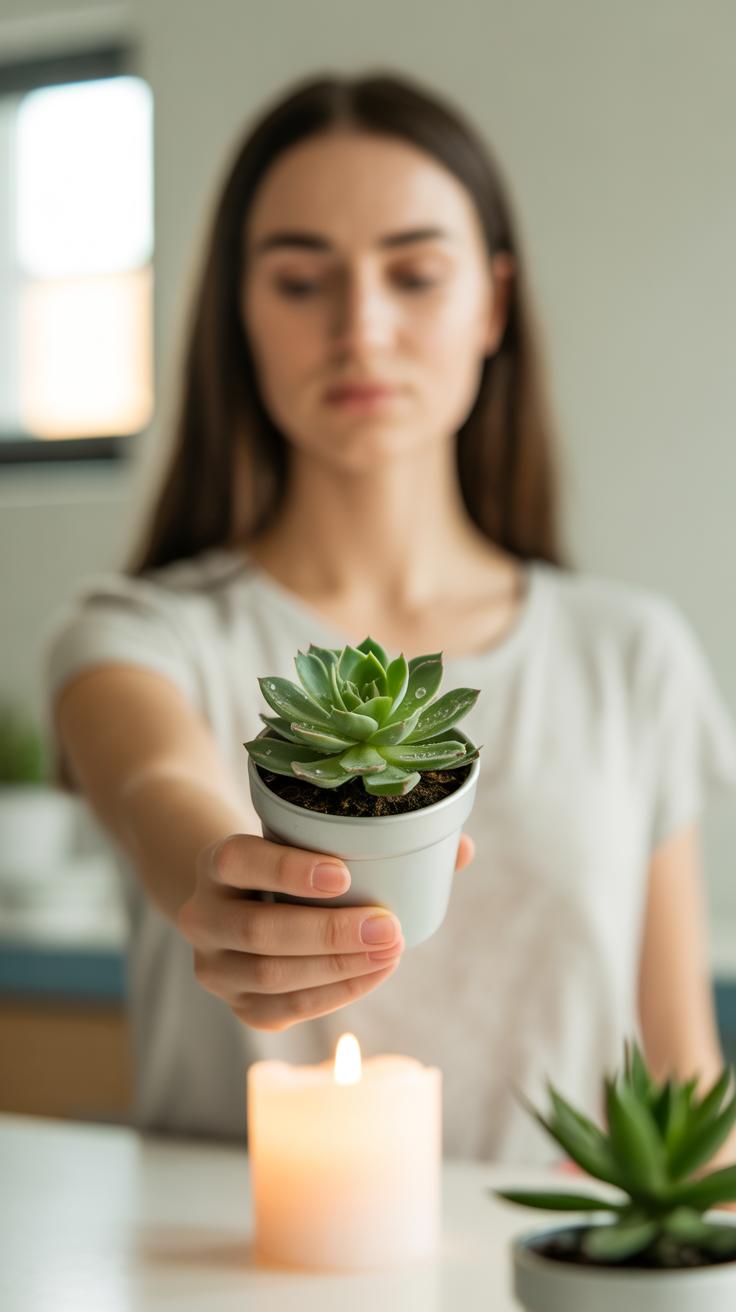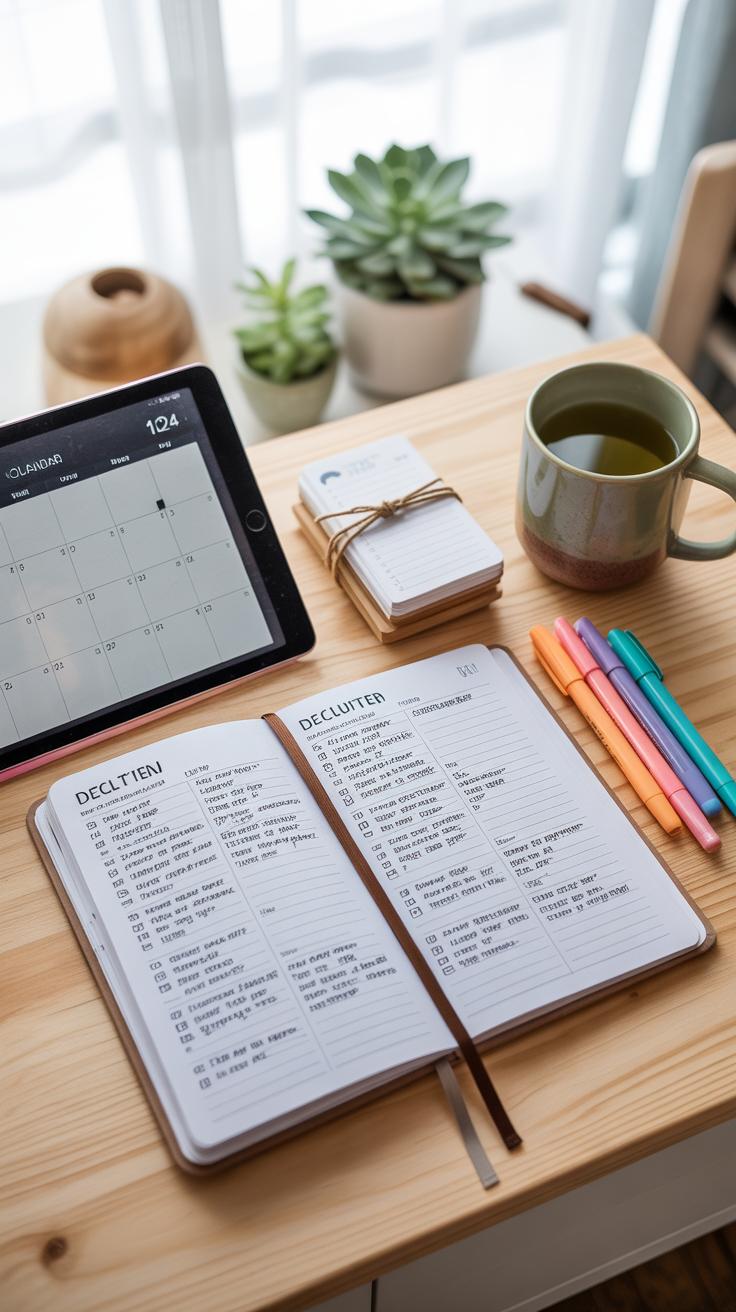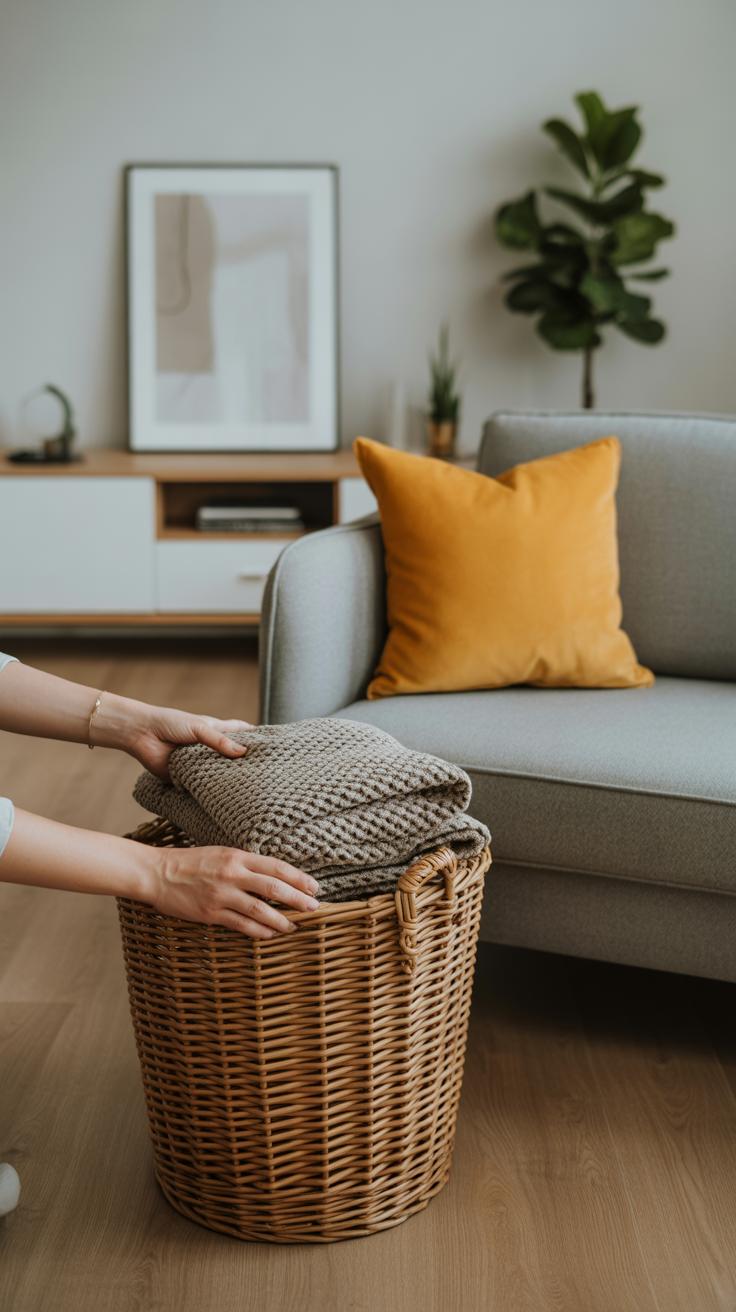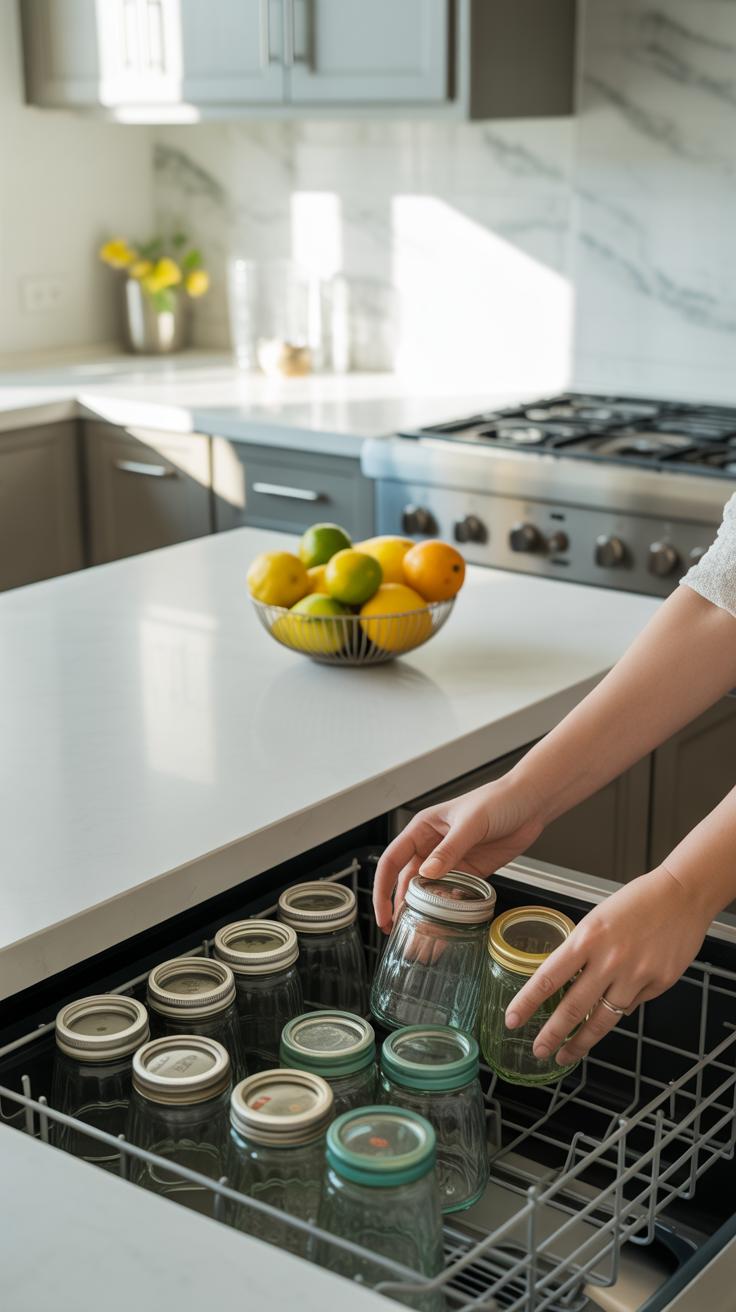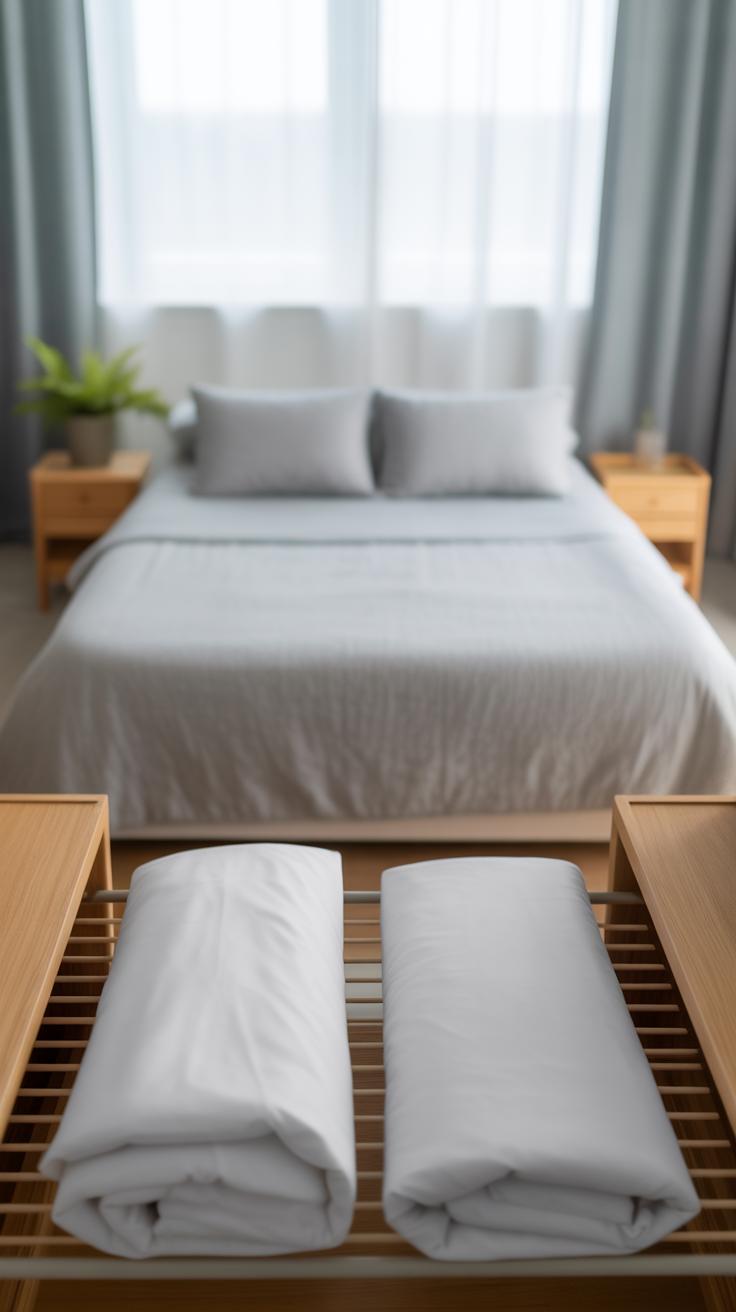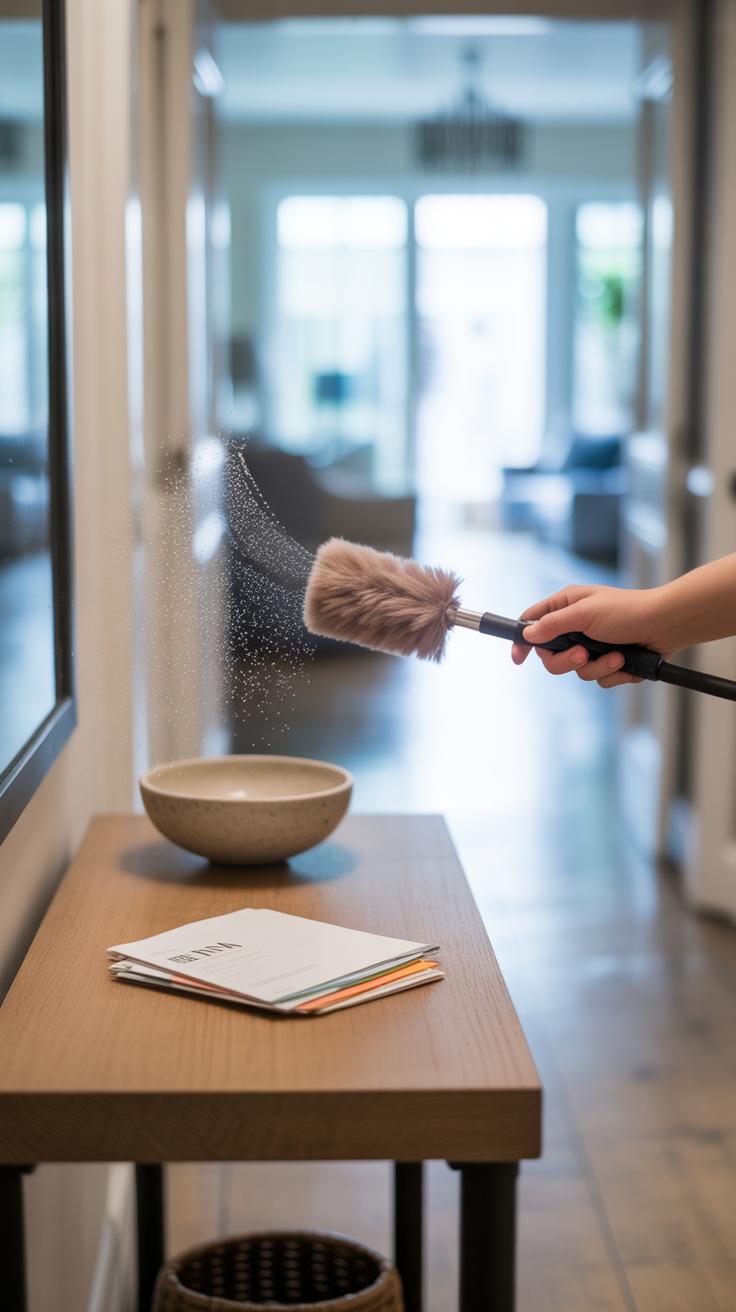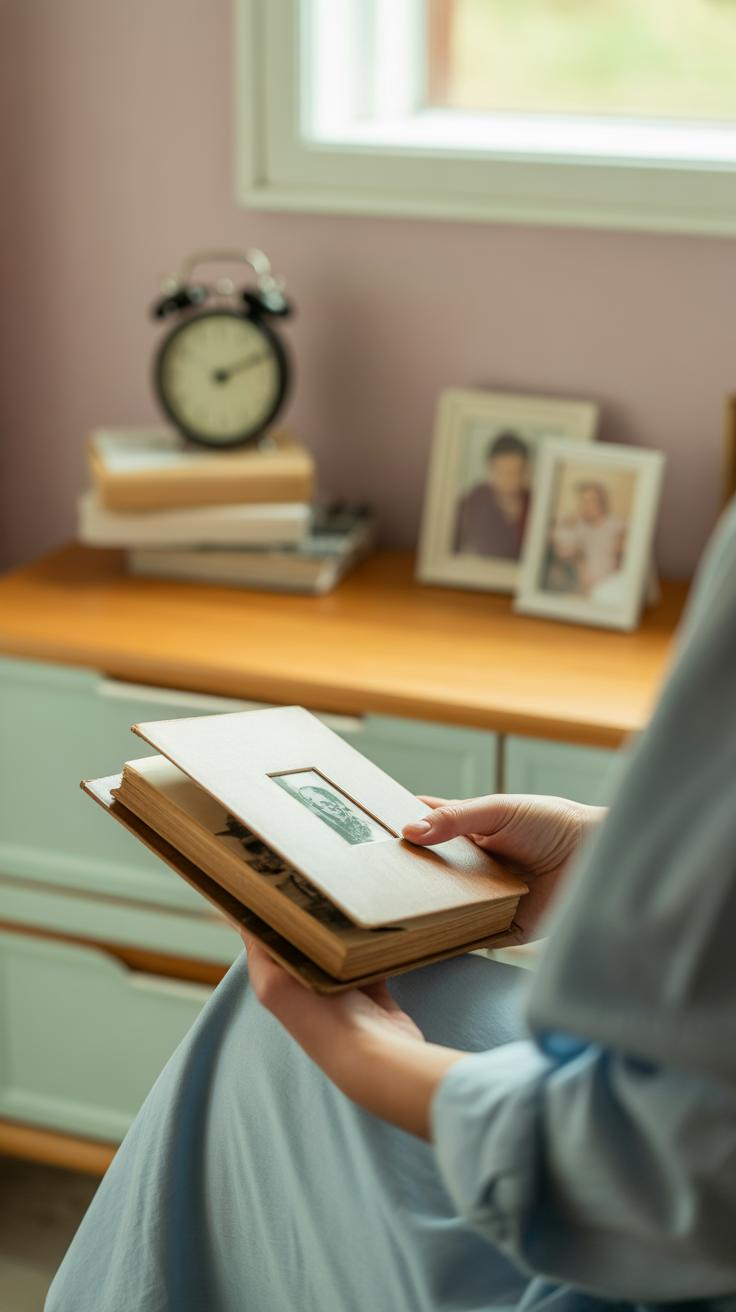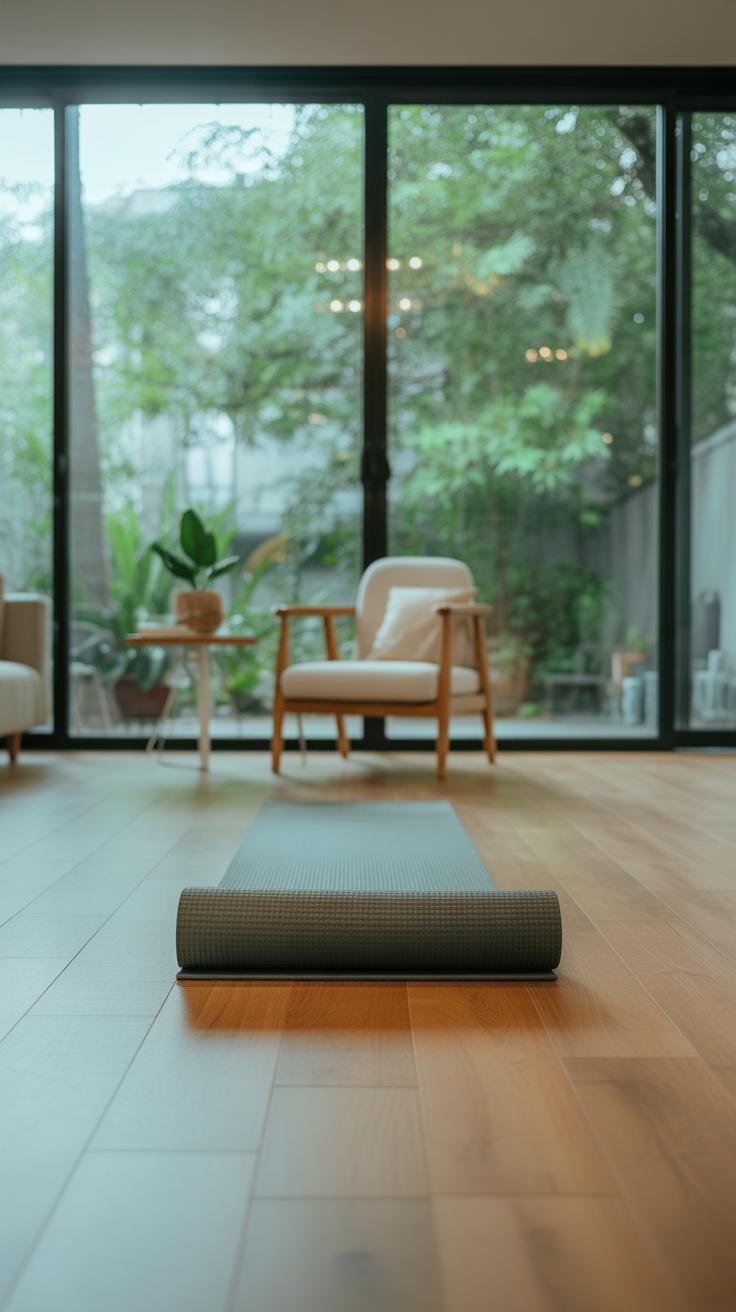
Ultimate Declutter Home Checklist For Instant Calm
Introduction
Making your home neat and tidy can bring a sense of calm and order to your life. The Ultimate Declutter Home Checklist For Instant Calm is designed to help you clear away the mess and create a space where you can relax and feel good. This guide will lead you step-by-step through the process, so you don’t feel overwhelmed.
Decluttering is about more than just cleaning. It is about making your space work better for you. By following the checklist and tips in this article, you will find ways to keep your home organized, reduce stress, and enjoy your living space more.
Understanding The Benefits Of Decluttering
Decluttering your home can do more than just clear physical space—it can also clear your mind. Living surrounded by too many things often creates a subtle, nagging sense of overwhelm. You might find it harder to focus or relax when your environment feels crowded or chaotic. An organized room can, in contrast, offer a kind of mental breathing room. It’s easier to think, plan, and even unwind when distractions are limited.
Think about how your eye might dart from one pile to another, or how anxiety can creep in when you can’t find what you need. This isn’t just imagined; studies link clutter to increased stress levels. A clean, simple space allows your brain to pause and regroup.
Beyond mental benefits, decluttering has practical advantages too. When you get rid of unnecessary items, cleaning becomes less of a chore—dusting and vacuuming take less time and effort. Plus, removing clutter cuts down on tripping hazards, making your home safer, especially if there are kids or older adults around. More usable space emerges naturally, which means your rooms can better serve their purposes without feeling crammed or awkward.
So, when you start sorting through your belongings, remember you’re not just tidying a room. You’re making room for calmer thoughts, easier upkeep, and a safer, more comfortable living space.
Starting With A Plan To Declutter Your Home
Decluttering can feel overwhelming, especially if you look at your whole home at once. That’s why creating a clear plan matters. Try breaking the task into smaller, more manageable chunks by focusing on one room or category at a time. For instance, you might begin with just the kitchen, then move on to the bedroom, or sort through books before tackling clothes. Tackling a bit each day often works better than trying to do everything in one marathon session—which can fizzle out fast.
Setting clear goals for each space helps keep you motivated. Ask yourself: what does success look like for this area? Maybe it’s clearing all countertops or freeing up half your closet space. Picking realistic targets makes it easier to see progress. Don’t aim for perfection right away; small wins build momentum.
Before starting, gather some supplies to keep things organized. You’ll want trash bags for rubbish, boxes or bags for donations, and containers or bins to sort items you’re keeping. Cleaning supplies come in handy too, since decluttering often pairs well with a quick wipe-down. Having these ready saves you from constant stops mid-task.
Does breaking down your home this way seem like it could ease the pressure? Sometimes, just having that plan in place changes everything. You might be surprised how much simpler the process feels.
Decluttering The Living Room
Sorting Items Into Keep, Donate Or Throw Away
Start by gathering everything scattered around your living room. Books, magazines, toys, random cables, cushions—put them all in one spot. Then, take each item and ask yourself: Do I use this? Does it bring me some kind of joy or function? If the answer is no, consider where it fits—donate or toss it.
Sometimes, letting go feels harder than expected. Maybe that old music album reminds you of a good time, or a souvenir from a trip feels like part of your story. That’s normal. One practical trick is to photograph those items first. You keep the memory, but not the stuff. Another is setting a rule: if you haven’t touched it in six months, it’s probably not essential.
When deciding to donate, try to be honest about whether it’s useful to someone else. Broken items belong in the trash, but items in decent shape can find a new home, and that feels better—sort of a second chance for your things.
Making Furniture And Surfaces Work For You
Look at your living room furniture objectively. Does the current arrangement invite relaxation, or does it feel cramped? Sometimes simply shifting a sofa to open a walkway suddenly changes the mood.
Try creating zones—maybe a reading nook, a spot for games or movies. Don’t push every piece to the walls if it makes the room look closed off. Furniture can guide movement, so think about places you often walk through and keep those clear.
Surfaces often become catch-alls. Instead of piling magazines or remote controls on tables, choose containers or trays. These keep items corralled, so the surface looks tidy but everything is still within reach. Flat surfaces are not just for display—they’re functional, but only if managed well.
Honestly, after making space, you might feel a bit strange at first—it’s so empty! But that space is what opens your living room up to being a calm retreat rather than a clutter trap.
Clearing Out The Kitchen
When you step into your kitchen, you might notice clutter hiding in plain sight—in cabinets, on countertops, or tucked away in the pantry. The kitchen often collects unnecessary items over time, slowing down your cooking routine without you realizing it.
Start by hunting down expired or unwanted foods. Check those cans, jars, and boxes carefully. Sometimes we keep things “just in case,” but those forgotten spices or half-used bags of pasta can crowd your space. Toss what’s past its prime or unlikely to be used anytime soon. Yes, it feels wasteful, but freeing up room will help you find what matters quicker.
Next, focus on cabinets and countertops. Keep your everyday cookware and utensils in easy reach. Try grouping similar items—pots near pans, utensils in one drawer—and store rarely used gadgets elsewhere. You might want to experiment with clear containers or lazy Susans to avoid digging around aimlessly.
Countertops should only hold the essentials you need daily. Too many appliances or random items can make the area feel cramped and distracting. I once spent an afternoon clearing my counters and suddenly found joy in cooking again—simple, clear spaces really help you work faster and with less stress.
Ask yourself: What do I use every day? What just sits there? Sometimes deciding that isn’t easy. But even small steps—like putting away excess—slowly turn your kitchen into a calmer place where preparing meals feels less like a chore.
Tackling The Bedroom
When you start sorting through your bedroom closet, drawers, and bedside areas, it’s easy to get overwhelmed. You might find clothes you don’t remember buying or half-forgotten items stuffed in drawers. The key is to break it down room by room, starting perhaps with your closet. Pull everything out if you can—that way, you see exactly what you own. While sorting, ask yourself: Have I worn this in the past year? Does it fit? Is it in good shape?
Clothes that don’t meet these criteria should be set aside for donation, recycling, or even repurposing. You’d be surprised how a simple rule like this clears up so much space. And yes, it might feel a bit harsh tossing things out, but trust me, fewer, well-loved items create a calmer vibe.
Now, about bedrooms needing to feel restful—keeping surfaces clear makes a difference. Clear your bedside table of clutter except for essentials like a lamp or a book you’re actually reading. Use drawer organizers or bins inside your bedside drawers to store small items neatly so they don’t spill out or clutter the top.
A calm bedroom isn’t just about tidying; it’s about making space to breathe. You might want to consider putting away electronics or charging devices outside the sleeping area. With fewer distractions and less visual chaos, your space can actually invite better rest and relaxation. What small changes could you make tonight?
Organizing The Bathroom
Bathroom counters often become a catch-all for toothbrushes, lotions, and who knows what else. Clearing these surfaces can feel tricky when you need easy access to daily items. One way to tackle this is by limiting the counter to just essentials you use every day—think toothpaste, a hand soap dispenser, maybe a daily moisturizer. Everything else belongs in drawers or cabinets.
Medicine cabinets tend to overflow with expired creams and leftover prescriptions. It’s worth setting aside time—yes, it can be a bit tedious—to check those expiration dates. Medicines, cosmetics, even shampoos have a shelf life. Tossing the old stuff not only clears space but also reduces potential health risks.
For storage, small baskets or clear containers make it easier to group items. For example:
- Use a small bin for hair care items near the mirror.
- A labeled container for first-aid products inside the medicine cabinet.
- Stackable drawers under the sink for cleaning supplies or extra towels.
Keeping everyday products handy doesn’t mean cluttered. Sometimes, using a tiered tray or wall-mounted shelves offers extra space without messing up the flow. It’s about finding a spot where things fit but don’t fight for attention.
Have you ever realized how much old lip gloss or half-empty shampoo bottles you keep just because they’re there? Clearing those out can actually make your bathroom feel less chaotic, even if the space is small. It’s not always about having less, but about making the stuff you keep easier to find and use.
Maintaining Your Decluttered Home
Keeping a home tidy after the initial decluttering can feel like a constant effort—but it doesn’t have to be overwhelming. Small, consistent habits build up over time and make a big difference. For example, try putting things away as soon as you’re done with them. It’s tempting to leave that book or those shoes out “just for a minute,” but those minutes add up.
Another habit that helps is quick room checks each day. Spend just five minutes scanning a room before bedtime. You might spot a stray item or two that can be returned to its place. It’s a small commitment, yet it helps prevent clutter from piling up.
Regularly scheduling shorter declutter sessions also works well. Instead of feeling like you must do a huge cleanout all at once, breaking it into small, manageable chunks stops you from feeling overwhelmed. Maybe it’s 15 minutes on a Saturday sorting one drawer or clearing a shelf midweek. This routine keeps things in check without major stress.
Over time, habits combine with regular reviews to keep your space feeling calm and inviting. But it’s okay if you slip sometimes. The goal isn’t perfection; it’s simple maintenance. Does this kind of steady upkeep feel doable to you? Sometimes I wonder if it really sticks unless you make it a ritual.
Dealing With Emotional Attachments To Items
When you begin decluttering, waiting on those emotional hurdles can feel like tripping over invisible ropes. Emotional clutter—stuff tied to memories, guilt, or even identity—often stands in the way. It’s not just about physical things but the feelings they carry. That old sweater, the ticket stub, a gift from someone far away—they all hold stories that seem too precious to lose. This emotional weight can slow you down or make you second-guess decisions.
To work through this, it helps to acknowledge those feelings honestly. Ask yourself what the item really means: Is it the thing, or the memory behind it you want to keep? Sometimes, you can capture the essence without holding onto the object. Take a photo of the item; seeing it preserved can ease the anxiety about letting it go.
You might decide to keep a few meaningful pieces—just a small number that genuinely bring peace, not clutter. Think of this as choosing quality over quantity. Maybe keep your favorite book or a cherished letter instead of the whole pile. This helps you honor memories without drowning in them.
Remember, letting go can still feel hard, and that’s okay. You don’t have to rush the process or pretend it’s simple. Sometimes, it’s about giving yourself permission to move on—gradually, thoughtfully, and in a way that feels right for you.
Using Decluttering To Improve Your Home Environment
When you start clearing out the unnecessary stuff, something shifts in your home. Rooms feel less cramped, and suddenly, the space seems to breathe a little easier. It’s not just about tidiness—when clutter disappears, your home becomes more comfortable, more inviting. You might notice you actually want to spend time there, and that’s no small thing.
It also makes your space look better. Without too much competing for attention, your furniture and decor start to stand out the way you intended. Your home can feel stylish without even trying hard—sometimes less really is more, and your walls, surfaces, and floors get to shine.
Creating More Functional Spaces
Clearing clutter opens up room for what you actually want to do. Think about that dining table you never use because it’s buried under papers. Or the corner where your yoga mat won’t fit because of stacks of boxes. When you remove obstacles, you create better flow.
This means:
- More room to move around freely.
- Spaces become easier to clean and maintain.
- Each area serves a clearer purpose—no more doubling as storage zones.
For example, after I cleared out a bunch of old magazines and random gadgets, my living room felt so much bigger. I found myself reading there again instead of just walking past.
Adding Personal Touches After Decluttering
Once you’ve cleared away what you don’t need, you have a fresh canvas. This is where your personality can come through in a way that isn’t overshadowed by clutter. Pick a few meaningful items—photos, plants, a favorite sculpture—and display them thoughtfully.
Careful, though—you don’t want to fill the space with “stuff” again. Instead, think about what makes you feel relaxed or happy. A cozy throw, a few well-chosen books, or artwork that actually speaks to you can create a warm atmosphere without overcrowding.
Have you noticed how selecting just a few things carefully can make a space feel more “you” than shoving everything on every shelf? It’s a balance, sure, and maybe you’ll adjust over time. But starting fresh after clearing the clutter gives you the chance to do that in a way that feels intentional and calm.
Conclusions
Following the Ultimate Declutter Home Checklist For Instant Calm gives you a clear plan. You will see the difference a tidy home makes in your daily life. By working through each step, your space becomes easier to use and more enjoyable. You have the power to make your home a more peaceful place.
Remember, decluttering is a process. Take your time and focus on one area at a time. Use the tips and ideas here to keep your home organized long term. A calm and clear home is not far away when you start today.

